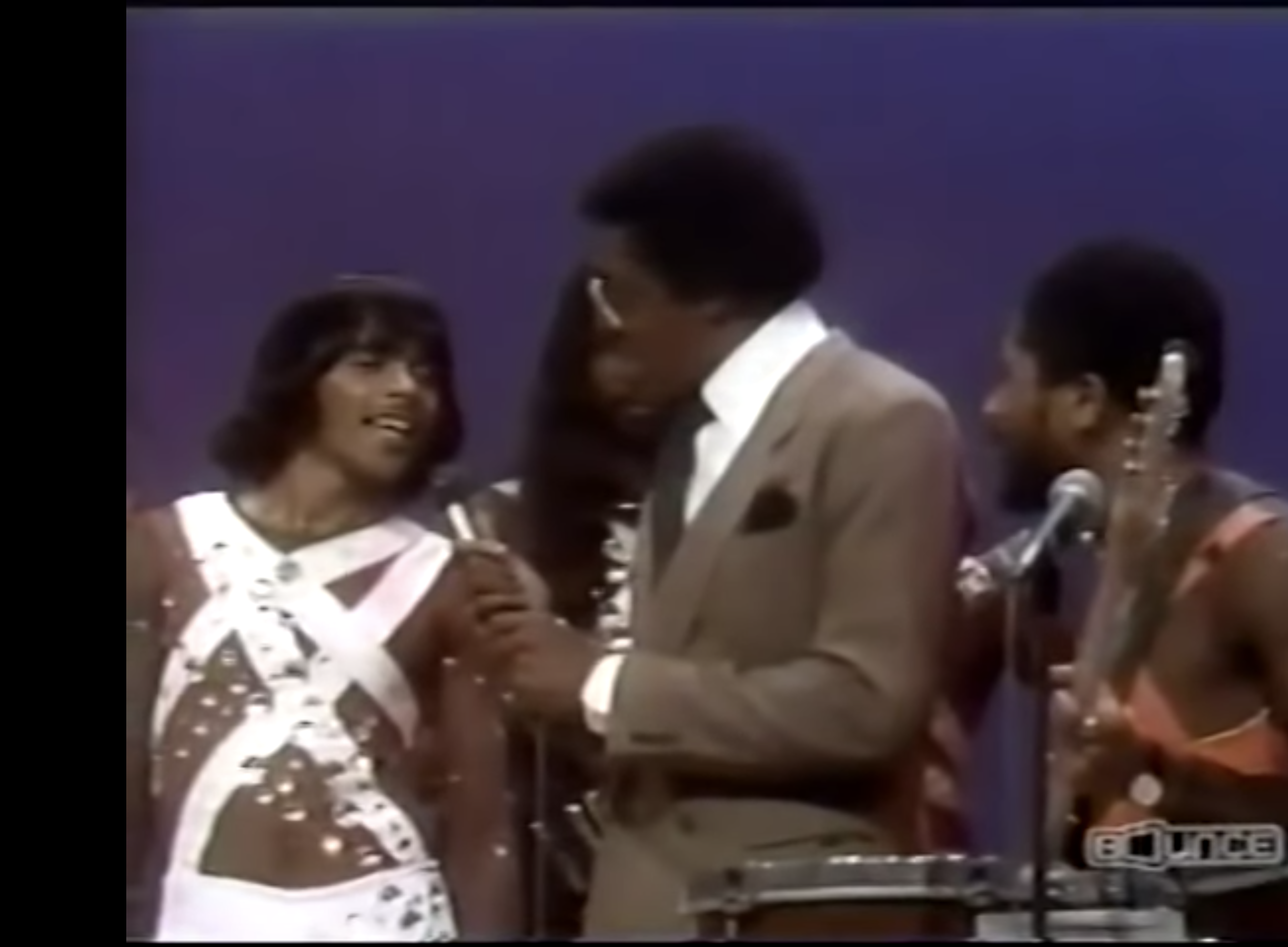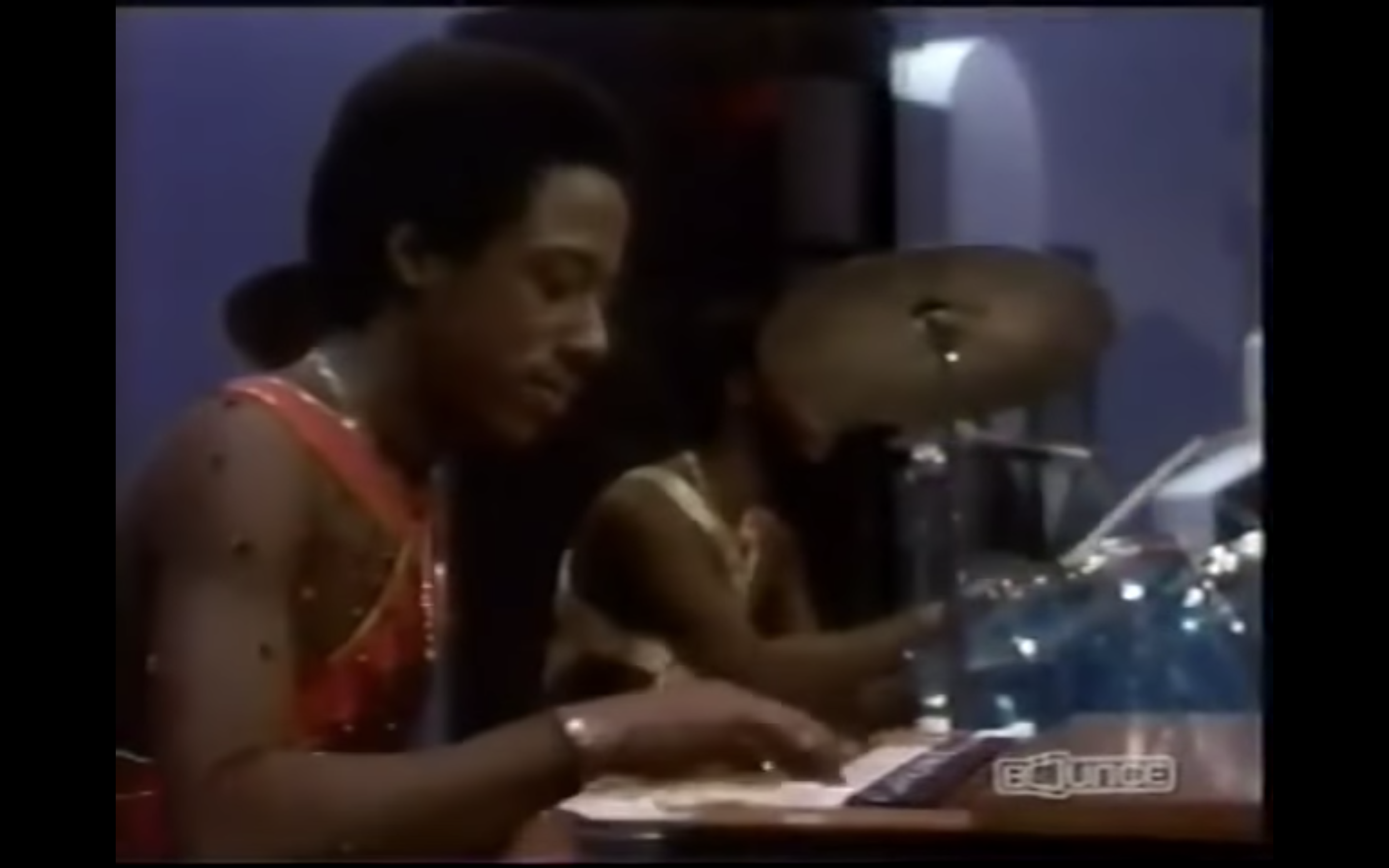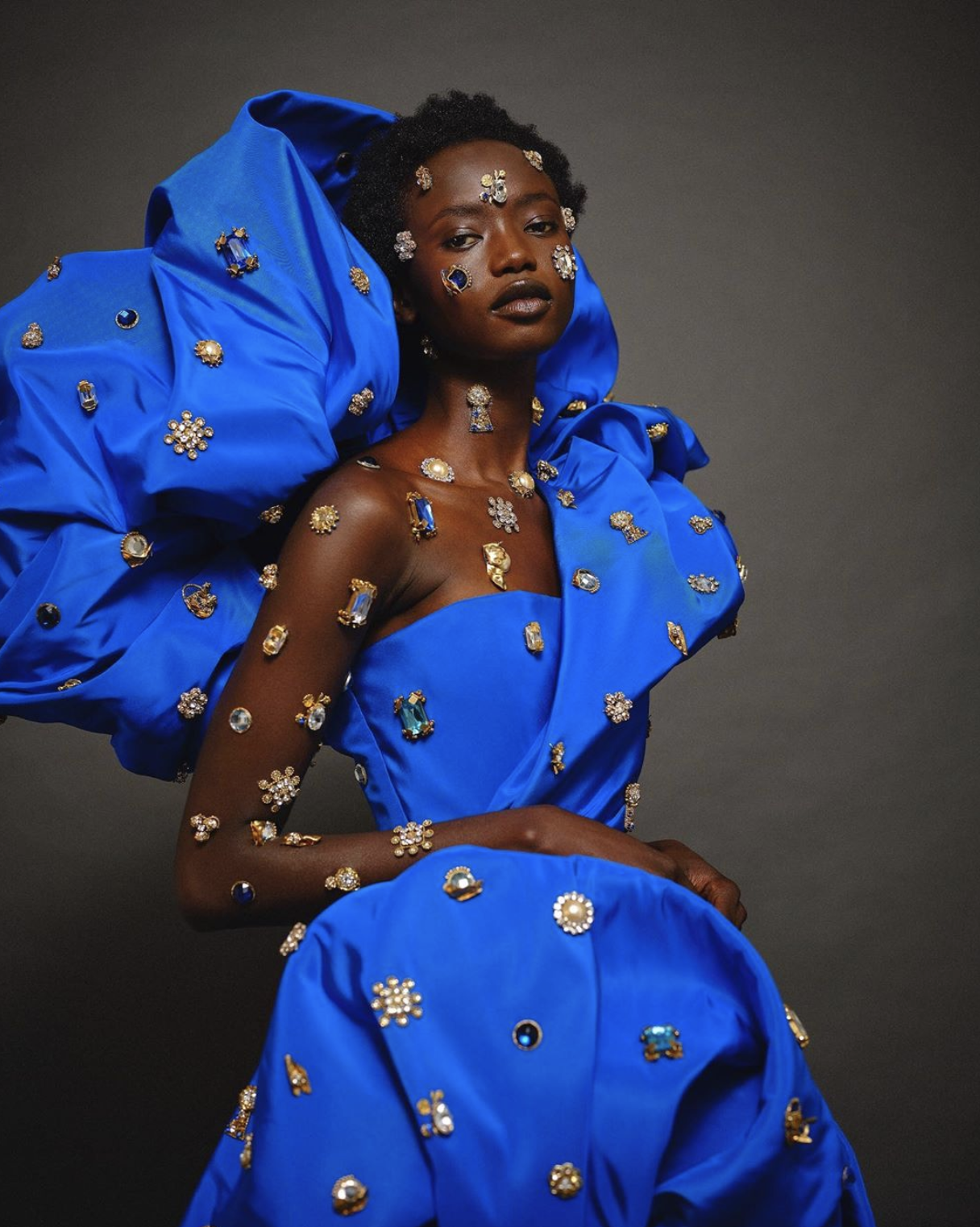half-thoughtsJune 2, 2020
“An Essay” that I lack the energy & focus to finish
June 1, 2020
April 11, 2020
Left my house yesterday, went for a walk, found a photo booth. Took these photos, changed gloves immediately after. (Had spares in my bag)
March 20, 2020
Bejeweled headdress
Area A/W 2020/21 - Left
Video for ‘Put Your Hands Where My Eyes Could See’ by Busta Rhymes, dir. Hype Williams 1997 - Right
—
Sequence from Ousmane Sembène’s 1975 film Xala
Here Sembène signals what Fanon describes in chapter three of Black Skin, White Masks, “The colonized is elevated above his jungle status in proportion to his adoption of the mother country’s cultural standards. He becomes whiter as he renounces his blackness...” In Xala, imported water signifies–– if not whiteness itself, then at least the achievement of a status measured by whiteness–– as so cleverly illustrated in the absurd wastefulness in this sequence. Later in the film, its protagonist, a corrupt businessman and council to the newly established independent Senegalese government, barks at his daughter “Why do you answer in Wolof when I speak to you in French?” With this exchange, the irony around which the film furls is laid bare. As Fanon says, “The Negro… will be proportionally whiter–– that is, he will come closer to being a real human being–– in direct ratio to his mastery of the French language.” We see that the nation’s supposedly “independent” leadership is just as inclined to uphold the same hierarchies established by the colonial regime
March 6, 2020
Off-center scan from Jason Oddy’s The Revolution Will Be Stopped Halfway: Oscar Niemeyer in Algeria. What I appreciate in this spread is the replication of three elements which draw a metaphysical relationship for two compositionally opposed images. Blue, earth, rock. The organic relationships of wood:earth and stone:concrete between the two photos make parallel the sky in the right with the blue draping of the left. Blue in the left hand image becomes a stand in for the firmament, flattened into abstraction, just as the decorative quality of the wood paneling becomes abstract in its decontextualization from the organic. The interior and the exterior photographs thus refer to the same mediation by human activity, where the specificity of stone’s placement and usage is our indicator of such interference.
February 25, 2020
Race. Violence. Humanity? U.S Authoritarianism. UK Authoritarianism. Sport. The Spectacle Of It All.
February 14, 2020
I’ve been obsessed with this image from the Schiaparelli SS ‘20 Haute Couture collection. That shade of blue will fuck me up any and every time I see it– so rich. Jacob Lawrence blue. Yves Klein blue. Sondra Perry blue. I found out that it is the color associated with representations of the Madonna, which feels like the most fitting art historical reference of all. The ultimate royalty. And I can’t get enough of those gem appliqués. I can’t get enough. They recall the stateliness and royalty of a time not only surpassed, but denigrated from the high shoulders of the future. It seems an incredible feat to have made this look so modern, and it comes down to the gems’ sporadic distribution. The fabric’s upward velocity and the grace of the model’s casual glance make the dress an extension of her body aided by the profusion of gems bleeding off of their canvas & coagulating on her skin. Plus, the simplicity of her makeup, her natural hair, her dulcet skin against the grain of the silk.
Anyway, was watching Soul Train last night after work. It’s incredibly difficult to find full episodes online (I’m sure my German IP address doesn’t help), but I did some digging and found one from March 17, 1979 featuring musical guests the Bar-Kays (above) and Arpeggio. I wasn’t in it for band-name recognition, I just wanted to see everybody dance– maybe picking up a step or two for myself– and to watch the joy manifest under Don Cornelius’ serene and assuaging eye. To me, decades after the episode’s first air date, The Bar-Kays share a sound with an anonym of interchangeable Funk/Disco bands of the era. In our brief introduction, I made no attempt to analyze or compare their music to that of their contemporaries, no venture to isolate the specific qualities of their sound. Forgive the wash on my part– I was too captivated by the outfits.
The image quality makes it harder to make out, but the twinkle of stage lights catches gemstones scurrying away from criss-crossed fabric backings as they take new territory on the band members’ skin like water does to asphalt. I am sure that there is some sort of thin nylon body-sleeve holding their bespangled, decussating bodices together, and that these gems are adhered perhaps only indirectly to the body. But the resonance… Maybe I shouldn’t be so surprised to see it, since there are plenty of other references. Figure skaters, for instance, wear similar spangles. But still. Black People. Gems. Ornament
Added to post on April 13th, 2020. Still from Jenn Nkiru’s Black Star: Rebirth Is Necessary (2017?)
February 11, 2020
Incubating some thoughts on Black Confederate imagery and the embodiment of myth. Though there may have been black people serving in the confederate army, there were no black confederate soldiers in the sense of them as autonomous bodies. According to John Coski, (I don’t know his politics so don’t flame me for citing) “their status was that of enslaved or marginally free workers serving in capacities in a military setting analogous to their roles in civilian life. Referring to such men as ‘soldiers’ ignores a fundamental distinction between forced labor and military service.”
The re-appropriation of confederate symbols by prominent, black, southern entertainers thus represents a semiotic subversion where confederate=rebel but confederate≠any of the political implications of the term.
But I think the idea is better conveyed in images while I figure out the words.
^This is that essay until otherwise noted 😂
February 2, 2020
the internet is the new suburbia
i return reflexively to that home waiting for anything to be new
that which constantly changes is never new
we are used to this pace
urbanization is taking over all physical space and it comes as no real surprise
that trash heaps and construction sites abound in both places
Fitting excerpt from Douglas Coupland’s Generation X, 1991


















